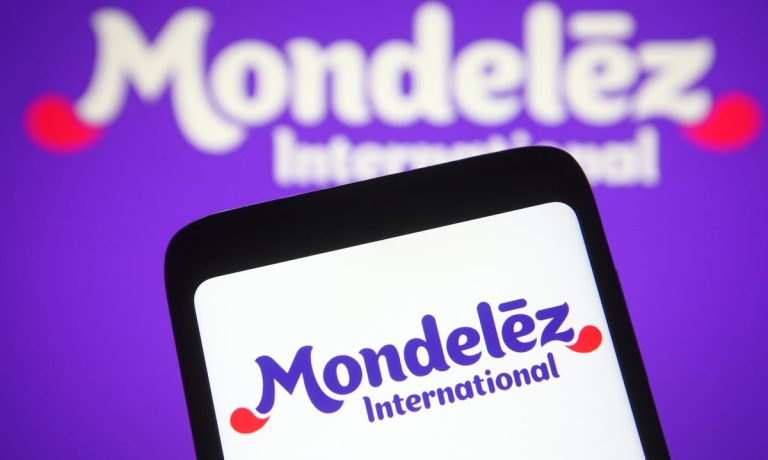
When it comes to weathering the challenges of inflation, Mondelēz International, parent company of a wide range of popular snack and confectionery brands around the world, including Oreo, Cadbury, Ritz and Philadelphia Cream Cheese, is counting on consumers’ continued prioritization of grocery spending.
On a call with analysts Tuesday (April 26) discussing the company’s first-quarter 2022 earnings results, Mondelēz Chairman and CEO Dirk Van de Put expressed the view that grocery spending is less impacted by inflationary pressures than other categories.
“One of the things we’re seeing, for instance, is [with the] fact that everything is going up, not just food, consumers continue to prioritize grocery spending,” he said. “It’s more on personal items, floating, eating out, travel — those are the items where they’re trying to save.”
Indeed, according to data from the April U.S. edition of “Digital Economy Payments: How Consumers Pay in the Digital World,” for which PYMNTS researchers surveyed more than 3,000 U.S. adults about their shopping behaviors and preferences, retail shopping is decreasing at a higher rate than grocery.
Read more: New Data Show Consumers Are Buying Less, Spending More and Changing Habits
The share of consumers shopping for retail items decreased from 62% to 60% between February and March, and grocery shopping decreased from 89% to 88%. The study also found that, in the same period, grocery spending grew $11 from $99 to $110, while restaurant spending only increased $1 from $39 to $40. As such, it seems that, when rising prices raise consumers’ anxieties about spending, many shoppers focus on the essentials and pare back on luxuries.
Consequently, Van de Put said he thinks that, even with price increases, consumers will only continue to purchase more of the company’s brands at the grocery store (even if one might not necessarily consider Sour Patch Kids an essential).
“I believe that at the beginning of 2023, the basket for the U.S. consumer will be up compared to the beginning of 2021 more than 20%,” he said.
Research from PYMNTS’ April study, “ConnectedEconomy™ Monthly Report: 3 Ways Consumers Are Dealing With Inflation,” which drew from a March survey of more than 2,800 U.S. adults, found that the majority of consumers are focusing their spending on items that they need.
See more: 6 in 10 Consumers Buying Only the Essentials as Inflation Rises
Specifically, 61% of all U.S. consumers are shopping mostly for basic essentials, 10% of the population is living large (spending more freely, with major purchases including big-ticket items), 23% splurge occasionally on smaller items, and the remaining handful of consumers have not made retail purchases of any kind in the past month other than groceries.
Looking ahead, Luca Zaramella, Mondelēz’s executive vice president and chief financial officer, highlighted predictions that, while inflation will decrease, pricing challenges will remain.
“As you think about inflation going down in the remainder part of the year, it will go down year on year, but the level is still going to be higher in terms of absolute dollars, and we will have to price accordingly,” he said.